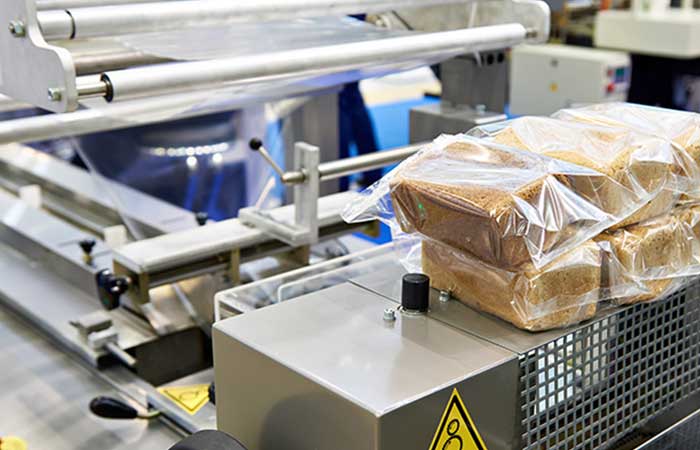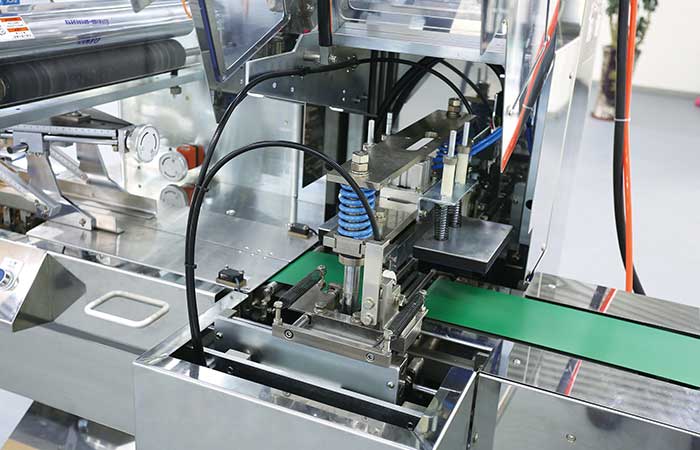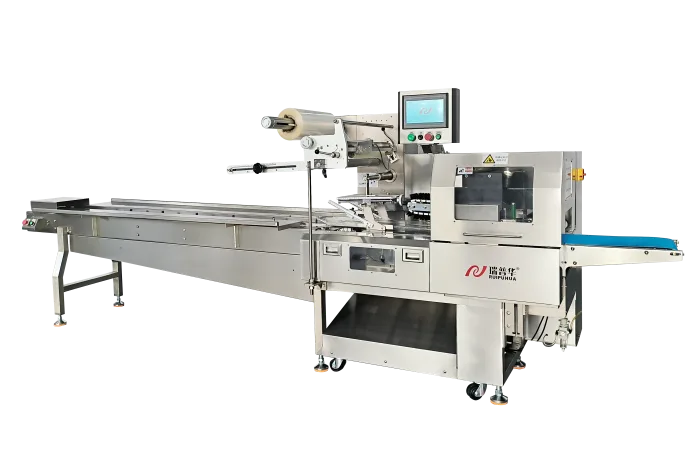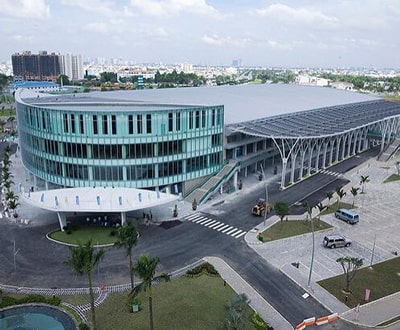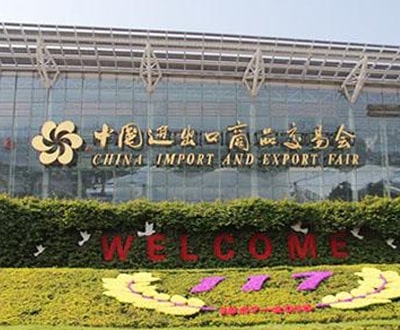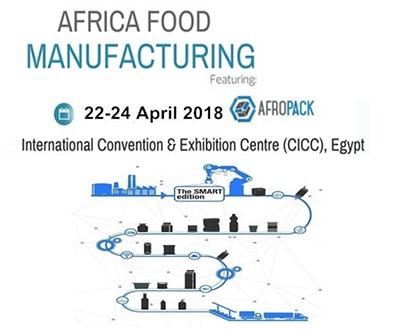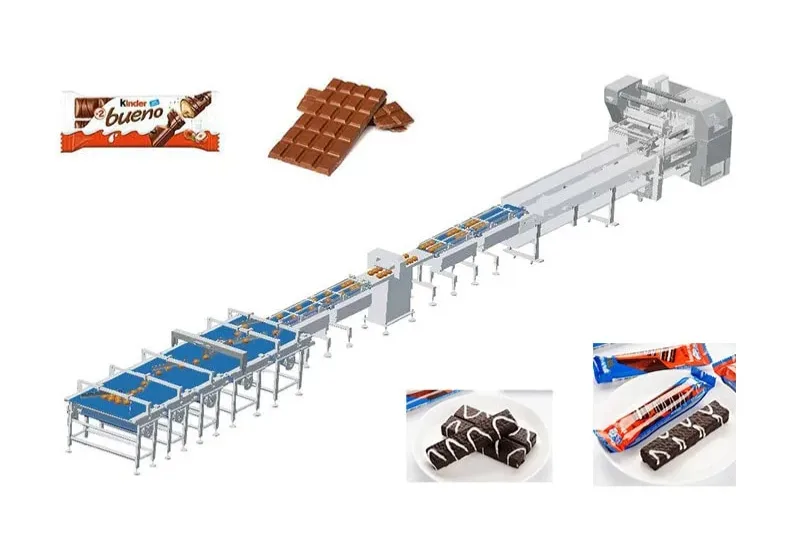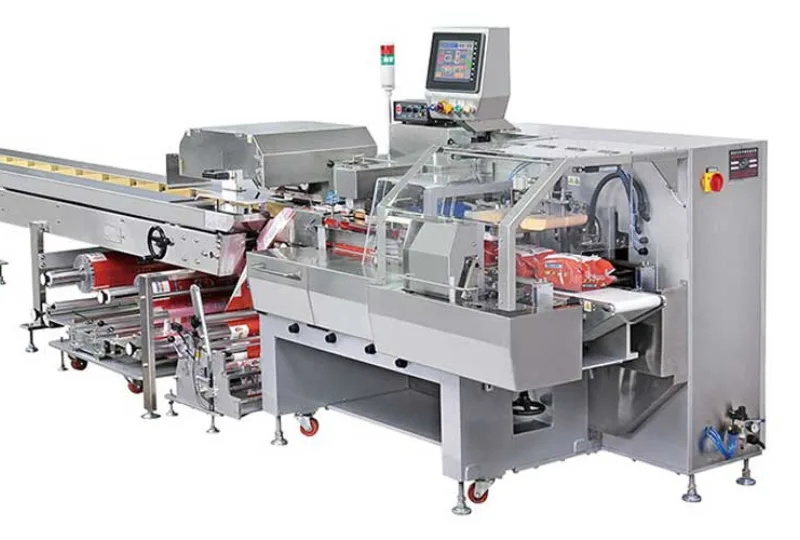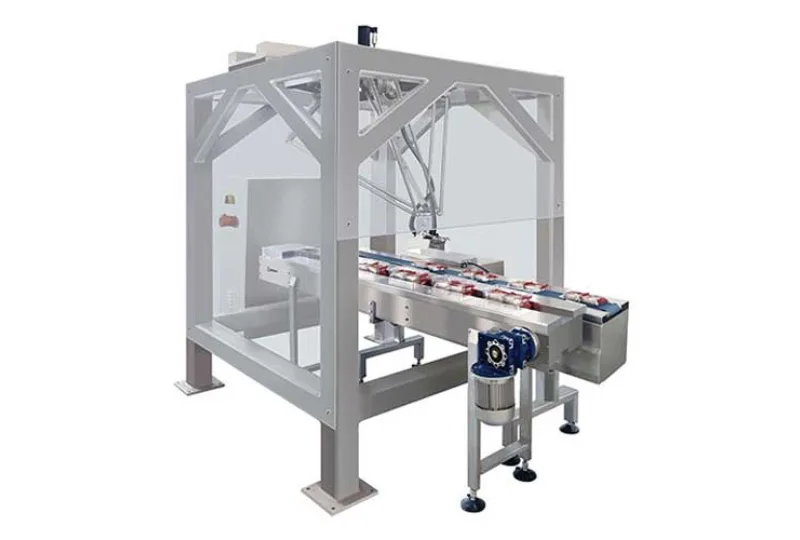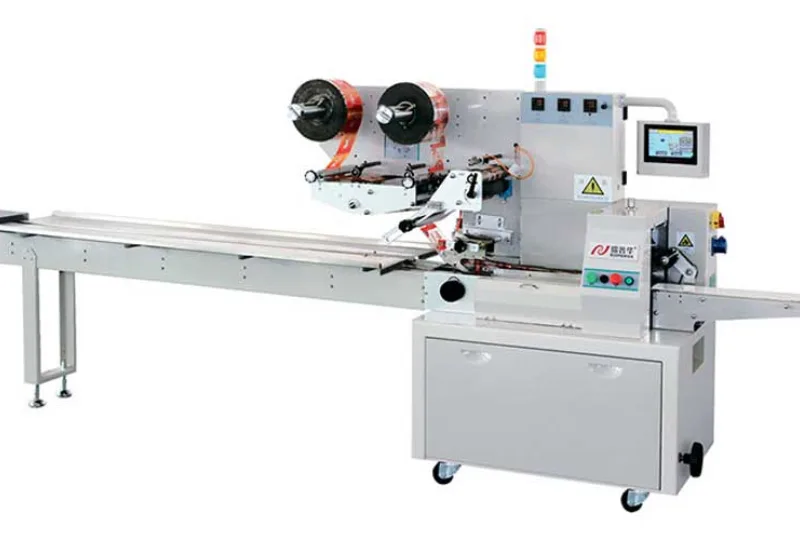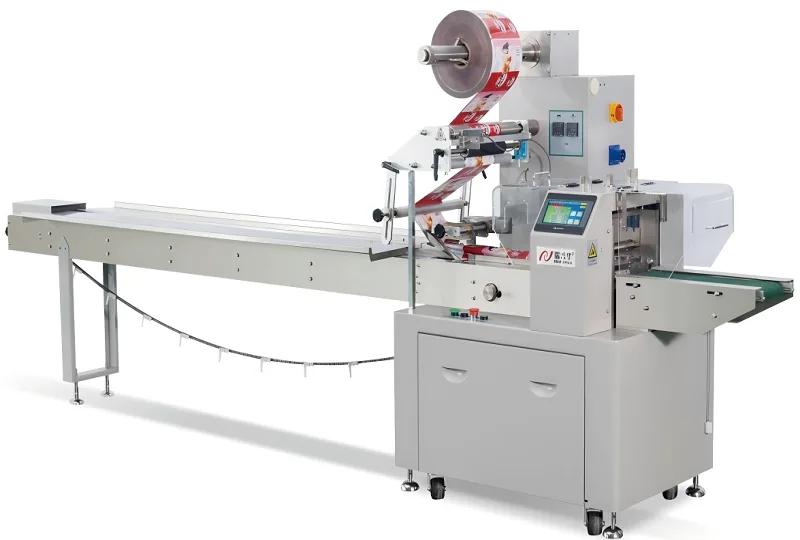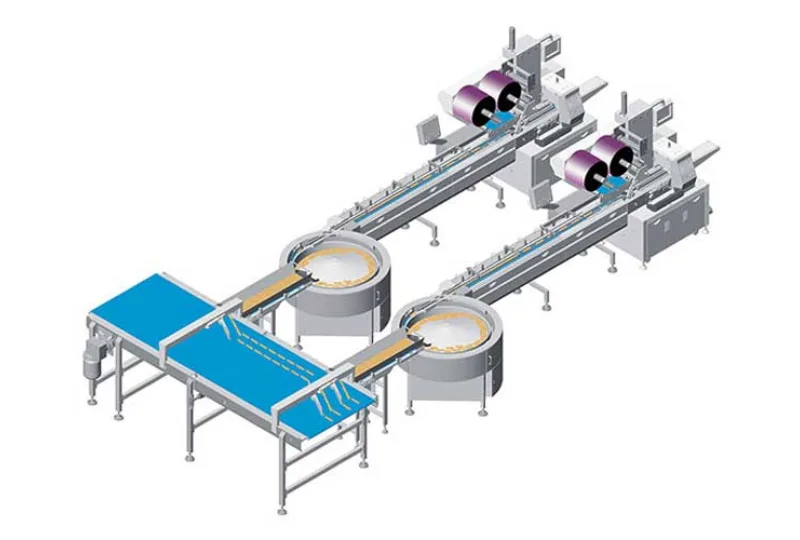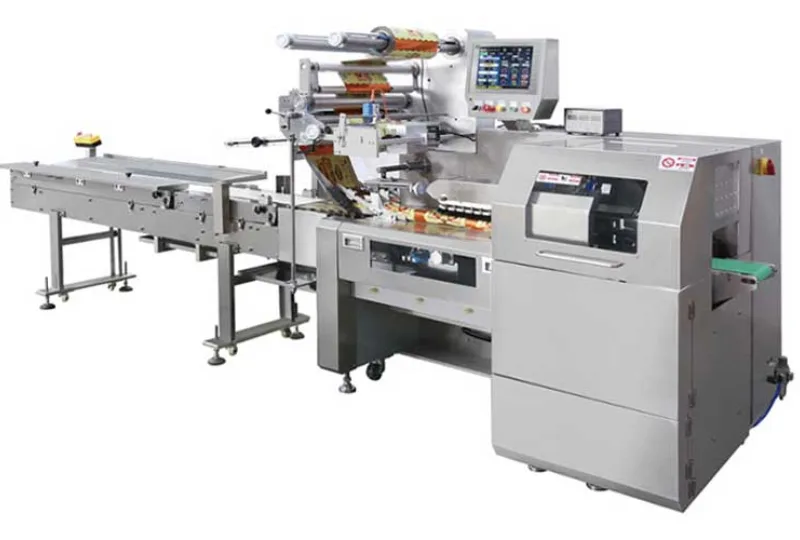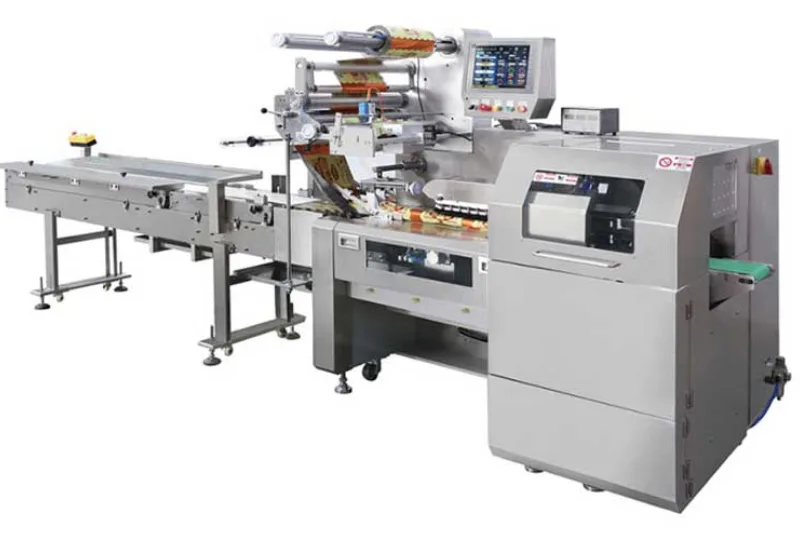Enhancing Product Safety: Single Sterile Barrier Systems Explained
Enhancing Product Safety: Single Sterile Barrier Systems Explained
In the realm of healthcare and sensitive industries, the need for reliable protective packaging cannot be overstated. Single sterile barrier systems emerge as a pivotal solution, ensuring that products remain uncontaminated and safe until they reach end-users.
What exactly constitutes a single sterile barrier system? These systems involve a combination of advanced materials, design principles, and rigorous testing procedures to create a protective environment for products. By maintaining sterility throughout transportation and storage, these systems play a critical role in preventing contamination.
One key component of a single sterile barrier system is the packaging material itself. Products are often enclosed in sterile pouches or wraps made from materials like medical-grade plastics or sterilized papers. These materials provide a physical barrier against external contaminants while allowing for sterilization methods like gamma radiation or ethylene oxide.
Furthermore, the design of the packaging is meticulously crafted to ensure optimal protection. Features such as secure seals, tear-resistant surfaces, and clear labeling enhance usability while maintaining sterility. Each element is carefully considered to minimize the risk of breaches that could compromise product safety.
Quality control is another vital aspect of single sterile barrier systems. Manufacturers implement stringent testing protocols to verify the integrity of the packaging and its ability to maintain sterility. This process often involves seal strength tests, microbial barrier assessments, and inspections for defects that could compromise the packaging.
When it comes to healthcare settings, single sterile barrier systems are particularly crucial for medical devices, implants, and pharmaceutical products. Ensuring that these items remain sterile until they are ready for use is essential for patient safety and regulatory compliance.
Advancements in technology have led to innovative solutions in the realm of protective packaging. For example, some single sterile barrier systems now incorporate smart features such as tracking capabilities, temperature monitoring, and indicators for sterilization exposure. These enhancements offer improved traceability and assurance of product integrity.
As the global supply chain continues to expand and become more complex, the importance of reliable protective packaging cannot be overlooked. Single sterile barrier systems represent a cornerstone in safeguarding the quality and safety of products as they traverse from manufacturing facilities to end-users.
By investing in state-of-the-art single sterile barrier systems, industries can uphold the highest standards of product safety and quality assurance. These systems not only protect products from external contaminants but also foster trust among consumers and regulatory bodies.
In conclusion, the evolution of single sterile barrier systems underscores the commitment to excellence in product safety. As technology advances and regulatory requirements evolve, these systems will continue to play a crucial role in ensuring the integrity of sensitive products.
-
01
High-Quality Pillow Packing Machine Solutions for Modern Production Needs
11-09-2025 -
02
Reliable Packaging Solutions from Leading Factories
11-09-2025 -
03
High-Quality Packaging Machines from China
11-09-2025 -
04
Advanced Packaging Solutions for Dry Fruits and Multipack Applications
05-09-2025 -
05
Enhancing Production with Automated Food Packaging Machinery
05-09-2025 -
06
Automatic Food Packaging Machines Driving Efficiency in the Food Industry
05-09-2025 -
07
Ultrasonic Cutting Toast Packaging Machine: Principles, Features, and Specifications
26-08-2025 -
08
Innovative Packaging Solutions for Cookies, Candy, and Bakery Products
21-08-2025 -
09
Reliable Food Packing Machinery from a Trusted Manufacturer in China
21-08-2025 -
10
Advanced Packaging Solutions for Chocolate and Bakery Products
21-08-2025



